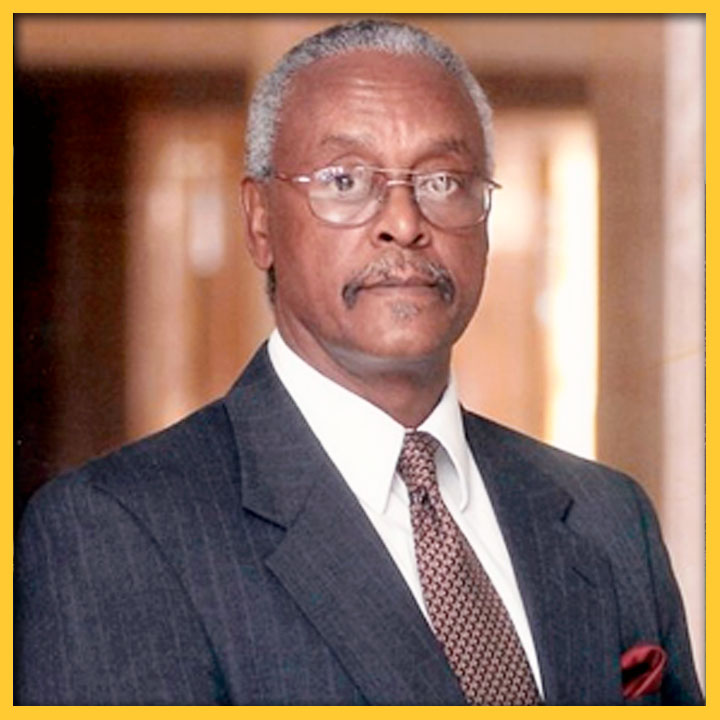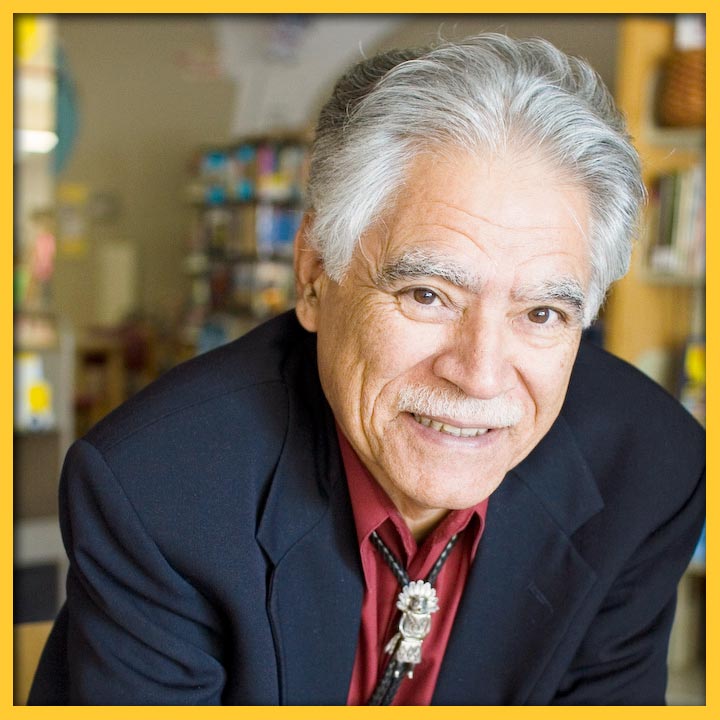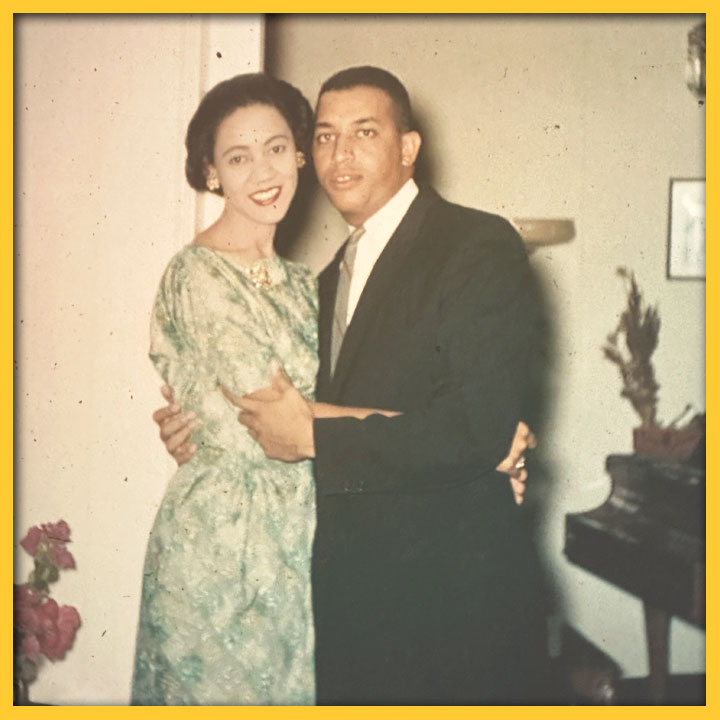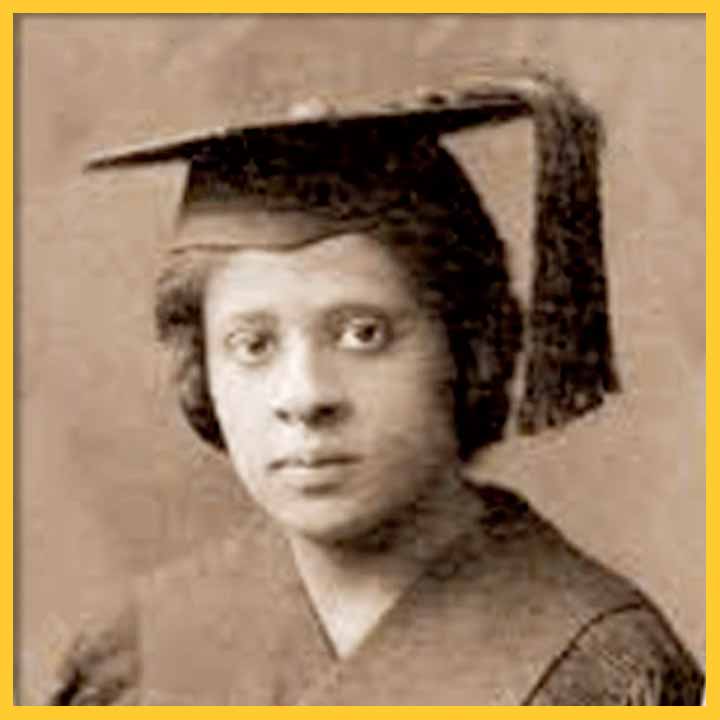SHARE:
Although systemic racism in America attempts to ensure the odds remain stacked against African Americans, Dr. Meta L. Christy proceeded to pave the way for many aspiring future Black doctors. As the first Black female doctor of osteopathy, she set the standard for exemplary medical and community service. Her work brought attention to the importance of cultural sensitivity and quality patient-physician relationships within the medical world.
Originally from Salem, Ind., Dr. Meta L. Christy was born in 1895 during the Gilded Age. The population of educated African Americans was growing rapidly in the United States, and civil rights leaders emerged, pushing for greater freedom and equality. Dr. Christy and her family were a part of this cultural shift that involved reconstructing the very identity of Black people as well as creating opportunities for a better life.
Dr. Christy’s parents were working class citizens descended from free African Americans that settled in Indiana from South Carolina. Having become acquainted with illness and loss at a young age, she was among three surviving siblings of a total of six, and she lost her father at the age of 10. Steadfast and determined, Dr. Christy dedicated herself to pursuing medicine, and in 1917 she enrolled at the Massachusetts College of Osteopathy, where she studied for two years. In 1921 Dr. Christy graduated from the Philadelphia College of Infirmary and Osteopathy as the first Black female Doctor of Osteopathy. Not only did she earn her place in the world of medicine through years of rigorous schooling, but she bravely pressed forward while Jim Crow laws were still widely enforced.
Not long after graduating, Dr. Christy returned to live with her mother in Indiana. She set up her own private practice and treated patients within the comforts of their home. Two years after her mother’s passing in 1924, she then packed up to join her brother in Las Vegas, N.M. After passing the osteopathic boards to practice medicine in New Mexico in 1929, she opened a clinic located in a poor White working class neighborhood. Although Dr. Christy catered to the Black community, she often treated patients regardless of their race or ethnicity.
Dr. Christy was an important person in her community. During this time, African Americans were facing continued discrimination and serious violations of basic human rights within the medical world that resulted in high fatality rates and mistrust of healthcare services. One example is the notorious Tuskegee Syphilis Study conducted in Macon County, Ala., from 1932 to 1972. A group of medical officials embarked on a 40 year-long study with the intent of examining how syphilis affected African American people compared to the way that it affected White people. This study was based on outdated beliefs and nonscientific assumptions that influenced how physicians perceived and treated Black people at the time. Although penicillin became widely used to cure syphilis in 1943, for 30 long years, the United States government made sure that their Black test subjects remained unaware of three things: That they were part of an experiment; that they had syphilis, and that there was a cure. The Tuskegee Syphilis Study is one example among countless others demonstrating that a lack of cultural sensitivity and awareness can affect a physician’s willingness and ability to respect patients’ rights and respond to their needs.
Throughout her career Dr. Christy demonstrated a sense of inclusiveness and dedication to supporting the welfare of her community. Until her arrival in Las Vegas, N.M., in 1926, the Black community did not have a single doctor who would treat them. It must have been validating, if not life-saving, to have one doctor who was relatable, empathetic, and responsive to their needs. The philosophy upon which osteopathic medicine was founded emphasizes the importance of quality patient-physician relationships in order to provide holistic and effective medical care. Marginalized groups of people often have a stronger need for doctors capable of empathizing with them so that they can receive the help that they need. This is why diversity in the health-care system is so important.
Well after her passing in 1968, Dr. Christy left an enduring legacy for future doctors inspired by her example. The Student National Medical Association paid tribute by establishing the Meta L. Christy Award in 1995. It serves as their top honor for exemplary practice of osteopathic medicine and true community service. To be the first Black female osteopathic doctor in the 1920s warrants respect as it must have taken some courage. The famous civil rights activist, poet, and American memoirist Maya Angelou wrote, “Develop enough courage so that you can stand up for yourself and then stand up for somebody else.”
PASA POR AQUÍ
ADDITIONAL BLOG ARTICLES

REFLECTIONS ON THE LOSS OF A NEW MEXICO CIVIL RIGHTS LEADER
By Carlyn N. Pinkins, M. A.
“The Dr. Harold Baileys of the world should inspire us all to do what we can to leave our communities, our towns and cities – our great state – better places than we found them. While we do our part to create the Dr. Harold Baileys of the future, we should also strive to make sure that the Dr. Harold Baileys of our past and present are never forgotten.”

RUDOLFO ANAYA: CATCHING CULTURES IN BLESS ME, ULTIMA
By Richard Wayne Etulain
Anaya greatly expands the cultural contributions of his novel by combining the usual (Bildungsroman—growing up theme) with the unusual (complex, diverse New Mexico Hispanic culture)…

UP BY OUR BOOTSTRAPS; TWO LIVES IN RETROSPECT
By Finnie Coleman
I found myself fascinated with Dr. McIver’s transition from the stultifying hopelessness of the Segregation Era to the wistful hopefulness of the Civil Rights Era…
SHARE:
DISCLAIMER:
Any views, findings, conclusions or recommendations expressed in this blog post/article does not necessarily represent those of the New Mexico Humanities Council or the National Endowment for the Humanities.
ABOUT THE AUTHOR:

INA JANE
Originally from Long Beach, CA, Ina Jane currently works as a freelance writer and enjoys indulging in the stories of those that are most inspiring and healing. She graduated from Sacramento State University with a Bachelor of Arts degree in Humanities and wishes to share her passion for storytelling with her community. Outside of work, Ina enjoys art, cooking, traveling, laughing, playing with her dog, and yoga.

